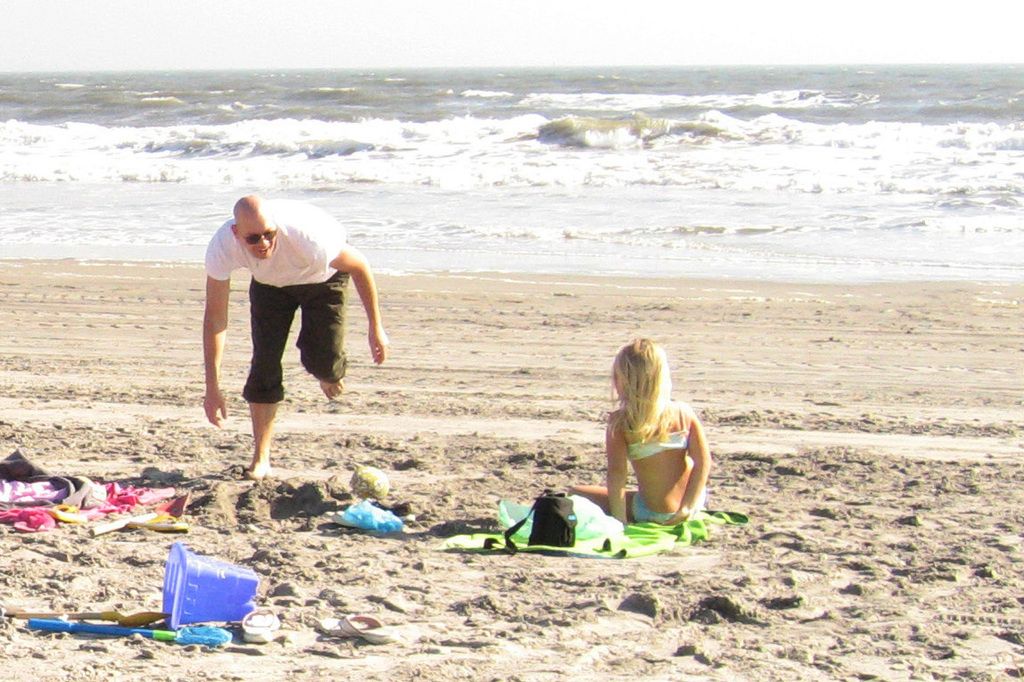City Innovator Balin Koyunoglu Advocates Urban Resilience via Natural Restoration
Urban Battlegrounds: Transforming Concrete Jungles into Living Spaces
City life can be brutal - noise, pollution, and concrete as far as the eye can see. But what if we could flip the script? What if our urban environments became havens for wildlife, rather than barren wastelands? That's the idea behind rewilding cities - a movement that's gaining traction worldwide. We catch up with rewilding champion Balin Koyunoglu to learn more about this radical idea and how we can make it a reality.
It's not just about furry creatures roaming the streets. Urban rewilding is about restoring the balance of ecosystems, reintroducing nature into the heart of our cities, and creating spaces that foster biodiversity.
Balin Koyunoglu, a pioneering landscape architect, has spent years advocating for rewilding and implementing projects that bring nature back to the concrete jungle. In an interview with us, she shares her insights on what rewilding is all about and how anyone can get involved.
Balin's approach to rewilding is holistic. She emphasizes the importance of providing the right conditions for wildlife to thrive: safe spaces, key species, water sources, and corridors that connect habitats.
Soil and water are often overlooked, but they play a crucial role in rewilding. City environments can be harsh on these essential resources, so cleaning and reviving them is critical. Balin has immense experience working with different clients, from corporate giants to local communities, to create sustainable, nature-friendly landscapes.
Convincing people to embrace rewilding can be a challenge. In her native Turkey, urban inhabitants have grown increasingly disconnected from nature. Balin's solution? Get them out into nature itself. She leads engaging activities like geocaching and flower planting, connecting people with their natural surroundings and fostering a sense of stewardship.
On a larger scale, rewilding projects need buy-in from cities and municipalities. Balin advises focusing on the tangible benefits - like job creation, cost savings, and improved resilience to climate change. She also recommends avoiding the term "rewilding" when speaking to decision-makers, instead emphasizing the socio-economic advantages.
Balin's work extends beyond specific projects. She's developed a series of design guidelines that incorporate rewilding principles, aiming to make them mainstream in the landscape-design community. By showing professionals how to incorporate rewilding into their projects, she hopes to create a culture that prioritizes habitat conservation, much like the sensitivity to nature she observed in Japan.
So, what can you do to contribute to urban rewilding? Start small - build balcony gardens, plant native species, and keep your green spaces wild. Actively participating in initiatives like No Mow May can make a big difference. The more we green our cities, the better off we'll all be. As Balin puts it, "Every green area needs to be rewilded." Let's get to work!
- Balin Koyunoglu's design guidelines aim to make rewilding principles mainstream in the environmental-science field, encouraging professionals to prioritize habitat conservation and incorporate rewilding into their home-and-garden projects.
- In today's lifestyle, it's essential to contribute to urban rewilding by engaging in activities like gardening, such as building balcony gardens with native species and participating in initiatives like No Mow May, to promote biodiversity and combat climate-change in our cities.
- As a pioneering landscape architect, Balin Koyunoglu focuses on fashion-and-beauty aspects of rewilding by creating sustainable, nature-friendly landscapes that not only promote wildlife thriving but also enhance the aesthetics of cities, effectively blending environmental-science and home-and-garden design.








